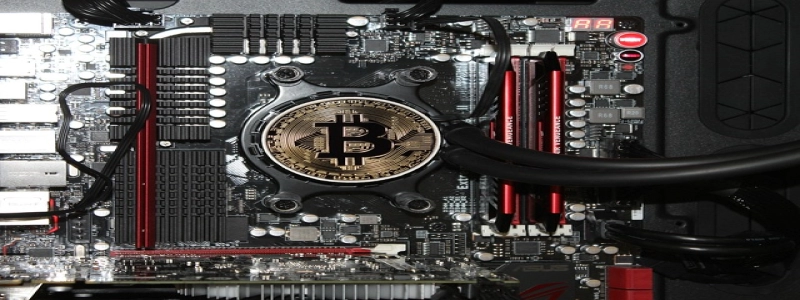SFP to Ethernet Converter: Bridging the Gap between Fiber and Ethernet
Introduction:
In the world of network connectivity, it is not uncommon to find a need to bridge the gap between different technologies. One such instance is the need to connect SFP (Small Form-factor Pluggable) and Ethernet devices. Fortunately, there exists a solution in the form of an SFP to Ethernet converter. In this article, we will explore the features and benefits of using an SFP to Ethernet converter, as well as delve into its working mechanism.
I. What is an SFP to Ethernet Converter?
An SFP to Ethernet converter is a device that allows seamless connectivity between SFP and Ethernet devices. It acts as an interface, enabling the transmission of data between devices that use different technologies. Whether it is connecting a fiber-optic network to an Ethernet switch or integrating multiple SFP modules into an existing Ethernet network, an SFP to Ethernet converter serves as a essential bridge.
II. Features of an SFP to Ethernet Converter:
1. Compatibility: An SFP to Ethernet converter supports a wide range of SFP modules, ensuring compatibility with various network devices. It eliminates the need for specialized equipment or costly network upgrades.
2. Easy Installation: These converters are designed for plug-and-play functionality, making installation a breeze. Simply connect the SFP and Ethernet devices to their respective ports on the converter, and you’re good to go.
3. Flexible Configuration: Many SFP to Ethernet converters offer multiple configuration options, such as link speed, duplex mode, and VLAN settings. This flexibility allows for seamless integration into existing network infrastructures.
4. Compact and Portable: SFP to Ethernet converters are compact in size, making them highly portable. This feature is particularly useful in scenarios where network equipment needs to be moved or relocated frequently.
III. How Does an SFP to Ethernet Converter Work?
1. Input and Output Conversion: The SFP to Ethernet converter receives data from the SFP device over optical fiber or copper cable. It then converts this data into a suitable format for transmission over Ethernet. Similarly, when data is received from an Ethernet device, the converter converts it into a format compatible with the SFP module.
2. Signal Transformation: SFP to Ethernet converters also perform signal transformation, ensuring compatibility between the different data rates and transmission protocols used by SFP and Ethernet devices.
3. Data Transmission: Once the input data is converted and transformed, the SFP to Ethernet converter transmits it to the appropriate destination device. This seamless data transmission allows for efficient communication between SFP and Ethernet devices.
Conclusion:
An SFP to Ethernet converter serves as a valuable tool in the world of network connectivity, allowing for seamless communication between SFP and Ethernet devices. Its compatibility, easy installation, flexible configuration, and portability make it an essential bridge to connect different technologies. Whether you need to integrate fiber-optic networks into Ethernet infrastructures or extend the reach of existing SFP modules, an SFP to Ethernet converter provides a reliable and efficient solution.







